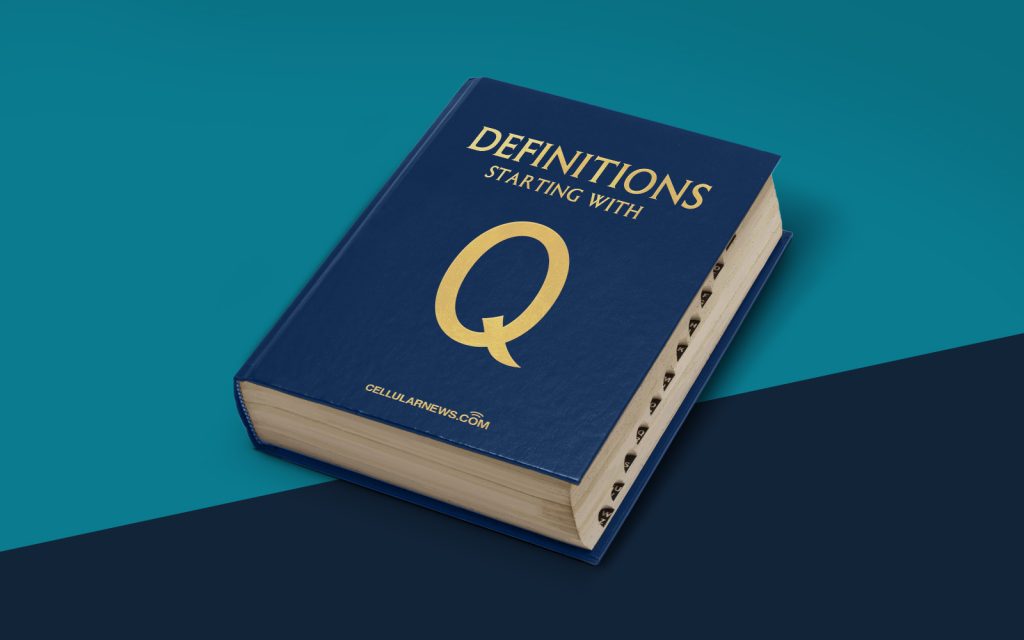
Introduction
Are you curious about how digital information is transmitted over radio waves? Or maybe you’re interested in understanding how your internet connection works? Well, the answer lies in a fascinating technology called Quadrature Amplitude Modulation (QAM). In this article, we’ll dive into the world of QAM and demystify its inner workings.
Key Takeaways
- QAM is a modulation scheme used for transmitting digital information over analog channels.
- QAM works by combining the in-phase (I) and quadrature (Q) components to modulate two carriers.
What is Quadrature Amplitude Modulation (QAM)?
Quadrature Amplitude Modulation, commonly known as QAM, is a modulation scheme that allows the transmission of digital information over analog channels. It is widely used in various communication systems, including Wi-Fi, cable television, and digital radio.
How does QAM work?
QAM works by combining two different signals in a process called modulation. These signals are known as the in-phase (I) and quadrature (Q) components, often represented as I and Q, respectively.
To put it simply, QAM takes a stream of digital data and maps it onto two carriers, also known as sine waves. The I-component and the Q-component are used to amplitude-modulate these two carriers. The amplitudes of the two signals correspond to the amplitude values of the digital data, while the phases represent the digital bits themselves.
Advantages of QAM
Now that we have a basic understanding of how QAM works, let’s explore some of its key advantages:
- Efficient use of bandwidth: QAM allows for the transmission of multiple bits per symbol, making it more bandwidth-efficient compared to other modulation techniques. This means that QAM can transmit a higher data rate over the same bandwidth.
- Robustness against noise: QAM is designed to be robust in noisy environments. By using two carriers and mapping the digital data onto both the amplitude and phase, QAM can minimize the impact of noise and interference on the transmitted signal.
Applications of QAM
QAM has found widespread use in various applications. Here are a few examples:
- Wireless communication: QAM is used in Wi-Fi networks to transmit data over the air. It allows for high-speed internet connections and is compatible with a wide range of devices.
- Cable television: QAM is used to efficiently transmit video and audio signals through cable networks. By using QAM, cable TV providers can offer a diverse range of channels to their subscribers.
- Digital radio: QAM is used in digital radio broadcasting systems to transmit audio signals digitally. This allows for high-quality sound and additional features such as text information and program guides.
Conclusion
Quadrature Amplitude Modulation (QAM) is a fascinating technology that plays a crucial role in modern communication systems. By efficiently utilizing bandwidth and demonstrating robustness against noise, QAM enables the transmission of digital information in a reliable and efficient manner. Whether you’re streaming your favorite show, browsing the internet, or listening to digital radio, QAM is the technology working behind the scenes to deliver a seamless experience.
